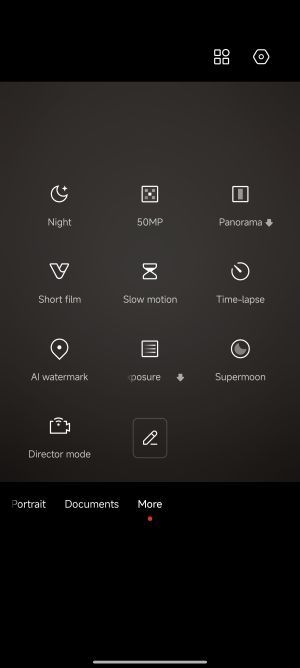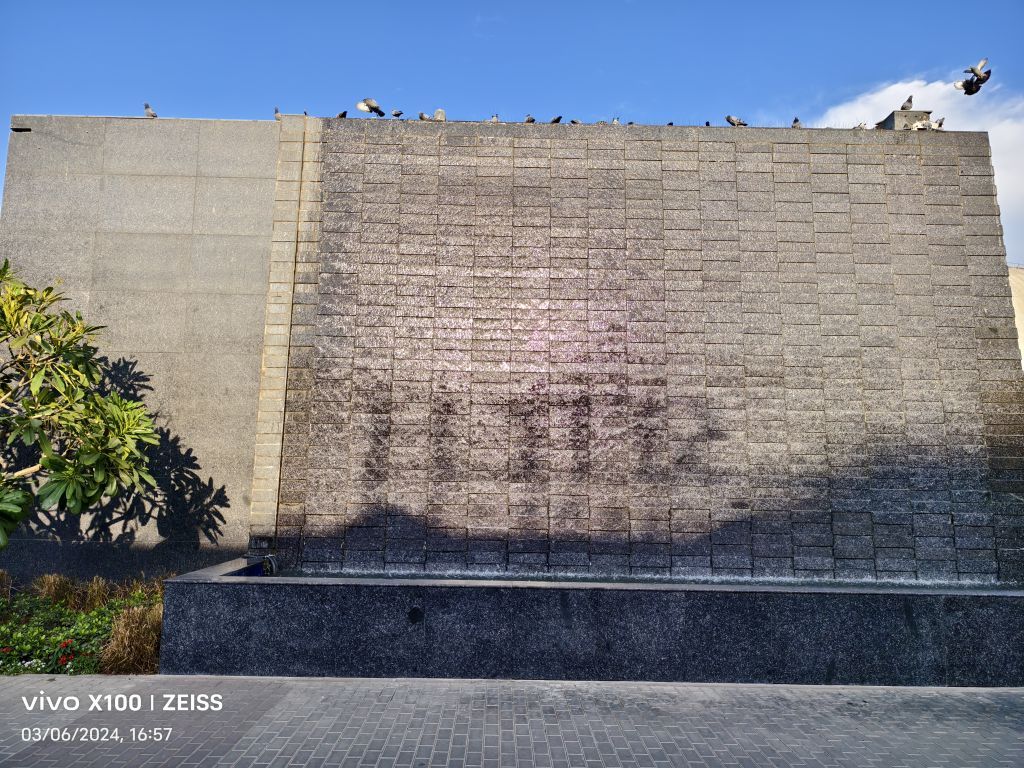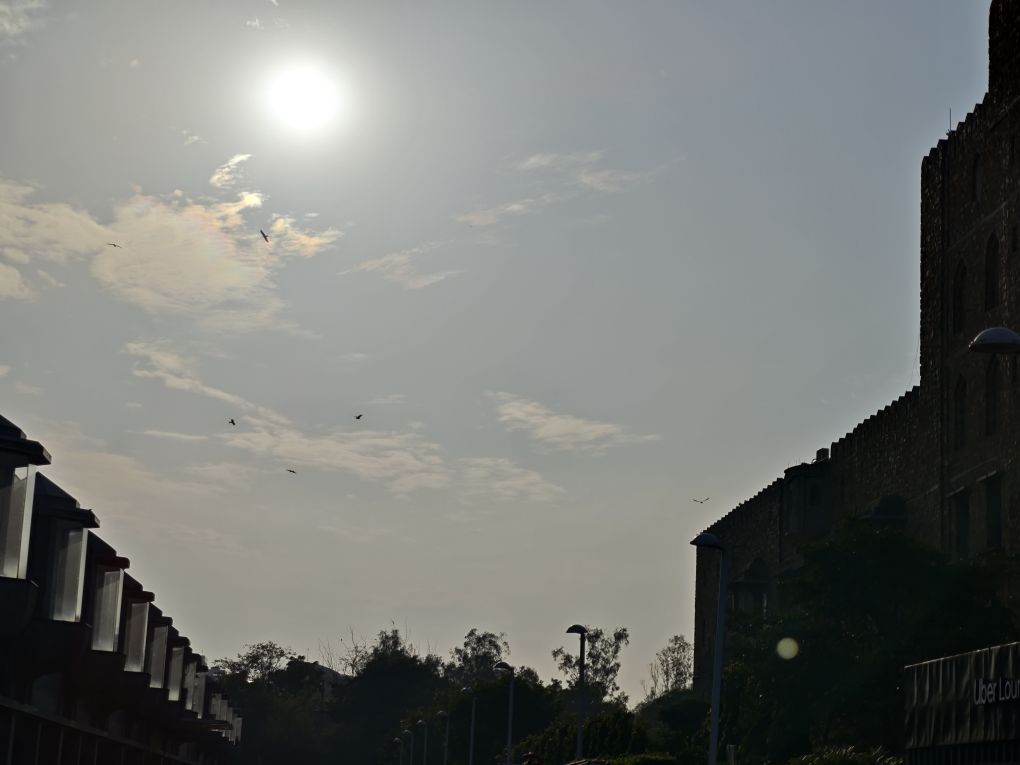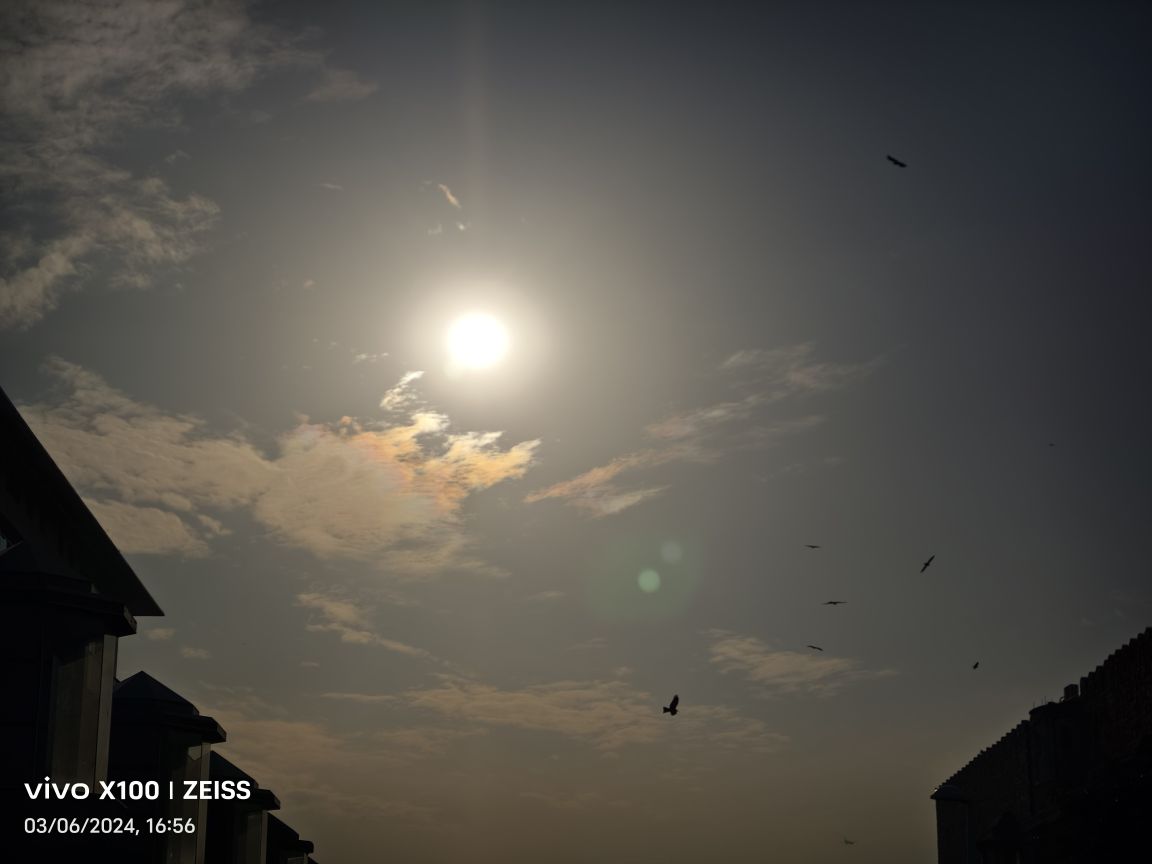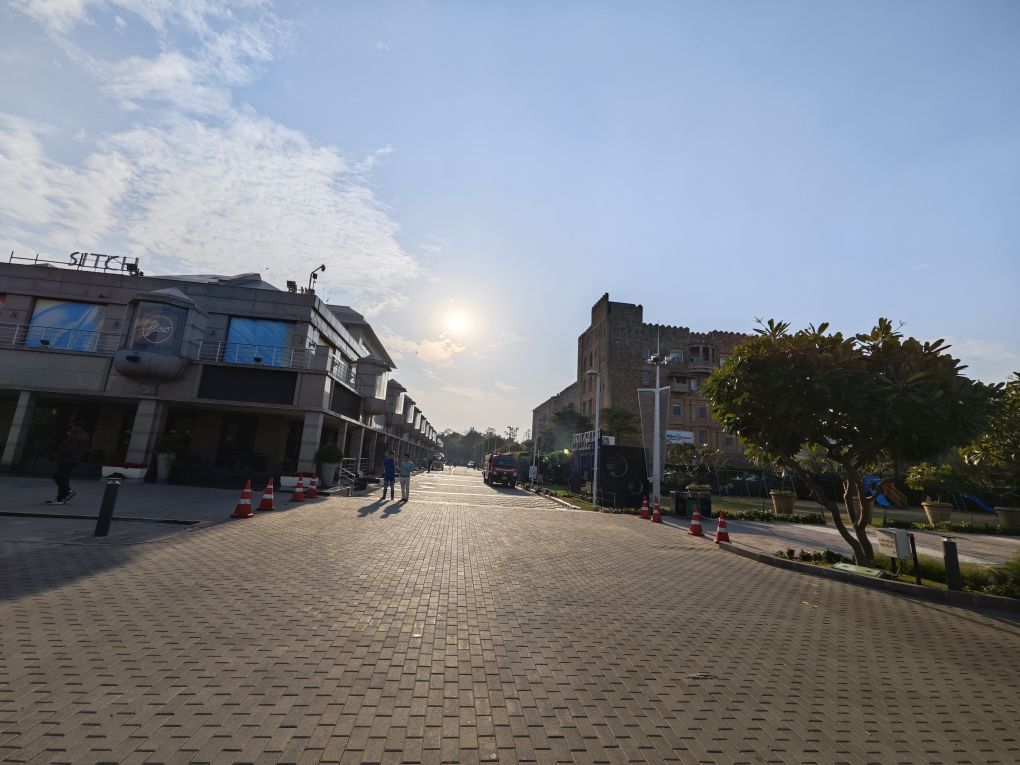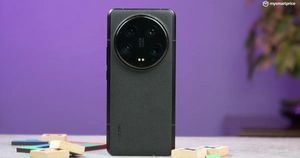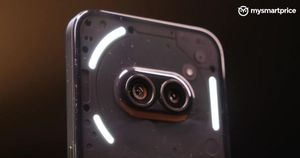
If you ask us what’s the biggest differentiator for smartphones in 2024, I’d say it’s the camera. While performance, display, battery, and other aspects are increasingly becoming at par for phones in a certain price segment, their imaging capabilities continue to vary. That’s because the camera isn’t just about hardware, it’s also about how it’s been optimised and of course, algorithms working behind the scenes when you press the shutter button. That brings us to the Xiaomi 14, which is staking a claim at the best camera phone title, courtesy of its partnership with Leica.
Of course, Xiaomi’s latest has nailed down the flagship recipe to the T, as we highlighted in our Xiaomi 14 First Impressions as well. Hence, we are focusing (pun intended) on the Xiaomi 14 camera test today.
Xiaomi 14: Camera Specifications
| Primary camera | 50-megapixel f/1.6 with PDAF and OIS |
| Telephoto camera | 50-megapixel f/2.0 with 3.2x optical zoom |
| Ultra-wide camera | 50-megapixel f/2.0 115-degree |
| Video | 8k@24fps, up to 4k@60fps |
| Selfie camera | 32-megapixel f/2.0 |
One look at the specs, and you’d agree that the Xiaomi 14 is a quintessential flagship. In terms of the camera interface, the Xiaomi 14 is easy to use, with all the modes and options neatly laid out.
What exactly does the Leica partnership help with, in the case of the Xiaomi 14? Well, it’s an engineering partnership that covers hardware, tuning, experience, and specialised technology by Leica to ensure good output. It’s also worth noting that Leica is known for its natural colour reproduction and that’s what the German brand wanted to go with on the Xiaomi 14. However, the Instagram generation wants everything to pop, and hence, Xiaomi has offered a vibrant mode. You can see how these two modes differ. Do note that the images below are a mix of natural and vibrant modes.
Landscape Camera Samples

For modern phone cameras, sharpness and colours being on point are a given, so it’s not a surprise that the Xiaomi 14 nails this scenario. Even when viewed at the highest resolution, all the details are visible and shadows as well as highlights are also captured well.
2x Zoom Camera Samples

Gone are the days when 2x optical zoom used to be a big thing as the smartphone offers 3.2x zoom (which we’ll be showcasing in the next image). So, what’s 2x zoom on the device? It’s a crop of the output from the primary sensor itself and offers good details and vibrant colours.
Telephoto (3.2x) Zoom Camera Samples

With the optical zoom, however, you get closer to the subject without impacting the image quality. The details remain intact but at the expense of the texture. Notice closely, that the bricks on the wall of the church seem to be of the same colour, which isn’t the case, and the difference was visible in previous images.
Ultra-wide Camera Samples
There was a time when ultra-wide cameras suffered from the fish-eye effect. Thankfully, the phone cameras have come a long way since then. The ultra-wide camera on the Xiaomi 14 ensures a sharp output with good colour reproduction. That said, when zoomed in, you do get slight aberrations towards the edges. And even the tree leaves seem to be bunched up together. What we did like is that the colours are reproduced similarly to the primary sensor.
50MP Mode

If you need more details, then you can choose the 50-megapixel mode. Thanks to the top-notch hardware under the hood, the best part is that the device doesn’t take too long to capture the image in high resolution and offers a higher level of detail.
Close up Camera Samples

The Xiaomi 14 does an impressive job when it comes to close-ups. The edges of the petals are captured well, and they don’t merge with the background either. Even the stigma can be seen. But what impressed us the most was the colour reproduction. It’s neither red nor pink – and that’s what has been shot well by the handset.
Macro Mode Camera Samples

The telephoto lens doubles up as a macro shooter, so we used the same for getting closer to the flower shown above. In this case, the insides of the stigma are evident. Sadly, however, if you view the image in its original resolution, you’ll realise that it’s quite grainy.
Indoor Camera Samples
Photos captured in indoor lighting conditions also came out decent, but we noticed instances where the edges of the subject were slightly blurred. While the tasty chaap in the image above wasn’t a victim, the burgers in the rest of the gallery fell prey to the blur. Hopefully, this is something that can be fixed with an update.
That said, tell us that you aren’t craving the burger clicked above. Along with the details, the texture of the burger and patty has been captured impressively. The natural bokeh (albeit quite aggressive in some instances) also adds to the charm.
Portrait Mode Camera Samples
One of the biggest talking points about the Xiaomi 14 is the portrait mode as it lets you capture images with different focal lengths. Furthermore, you can also change the aperture to finetune the light on the subject. For more people, 50mm and 75mm portraits will be the best.
Selfie Camera Samples
For content creators, the Xiaomi 14 is a great option, not just for its rear camera capabilities, but the front camera too. The high-res sensor ensures that the skin tone is captured naturally, and there are ample details with vivid colour reproduction. You can also opt for the portrait mode with the ability to change the aperture to finetune the bokeh effect. While the edges are detected well in the portrait mode, the skin does seem to be softened a bit.
Low Light
Poorly lit environments have been the arch-nemesis for smartphone cameras, but we’ve seen a lot of improvements in the last few years. The Xiaomi 14 also does a respectable job thanks to OIS and Leica’s optimisations.
Xiaomi 14 vs the Competition
One look at the Best Camera Phone of the Year title at MySmartPrice Best of Tech Awards, and you’d agree that it’s difficult for anyone to vouch for the ultimate crown. So, it’s but natural for Xiaomi 14 to be up against the likes of the Samsung Galaxy S24, vivo X100, OnePlus 12, and more.
Now the Samsung Galaxy S23 is the erstwhile champion, and its successor has impressed us too. But then the starting price of Rs 80k puts the S24 in a different league altogether.
The OnePlus 12 on the other hand, boasts Hasselblad partnership to stand out. We were blown away with our time with the device, and its pricing also pits it directly against the Xiaomi 14.
vivo also has a camera major on its side to help it reign supreme. We got a chance to compare it with the Xiaomi 14. And here are some scenes captured by both the vivo X100 and Xiaomi 14, so that you can compare them together. In our opinion, both of them stack up against each other well. The X100 for instance, does a better job in low-light conditions (without even turning on the night mode) – both in terms of sharpness and colours.
The colour science on both the devices is completely different, however, and it’s subjective – though we prefer the natural-looking output of the Xiaomi 14. Price-wise, both phones are also available in the same bracket. Ultimately, which one to go for may need to be decided by other factors than just the camera – for example, the Xiaomi 14 is a compact flagship, whereas the X100 features a large 6.78-inch canvas.
To sum it up, if you are looking for a compact smartphone that doesn’t compromise on any aspect and is your companion for documenting your life with photographs and videos, you should seriously consider the Xiaomi 14.



